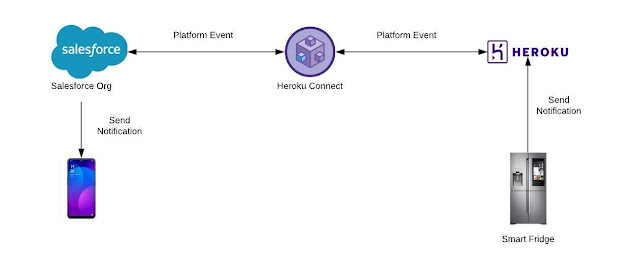CTA Study Planning
So you've made the gigantic decision to go forward and prepare to become a Salesforce CTA. Well done! Taking the effort to formalize your architecture experience with the Salesforce CTA badge of honour, is a great hallmark to achieve in the Salesforce ecosystem and it is great to have the courage to take part in the journey. As I always say, the journey is more important than the outcome, because it is the learnings from the process that you will apply day to day in your job, and necessarily the CTA stamp itself. So lets have a look at what a CTA journey typically can look like: Step 1 - Salesforce Domains Pre Study Step 1 involves going through each of the materials which are listed on the Salesforce Architects Trailhead site, and taking the time to meticously go through each article in detail. This is the fundamental wisdom that will build your Salesforce base, and to be a better architect your baseline must be strong. I spent a lot of time reading the articles here. Sometimes we...




